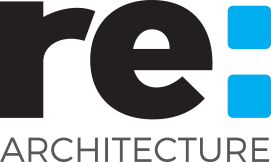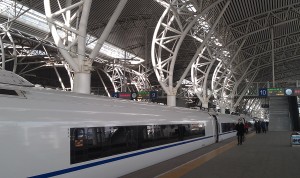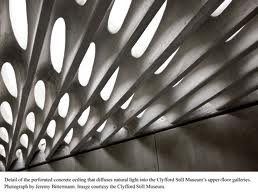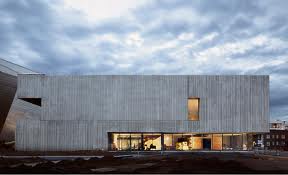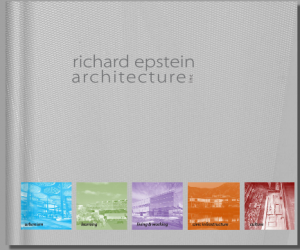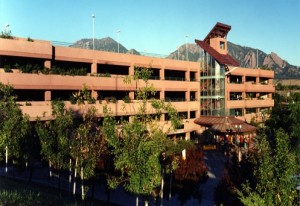Nanjing Thoughts1
As spring be
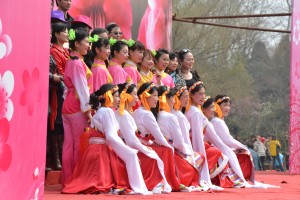
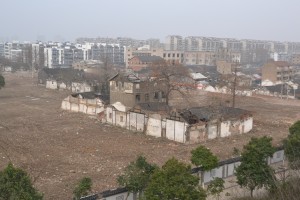
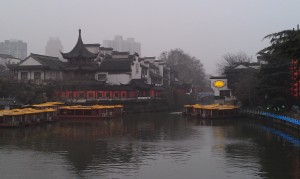
 ckons and the plum blossoms blossom we wander Nanjing visiting places of history and of change. Amidst the chilly rains we see a city steeped in the ancient history of the Ming Dynasty and the incredible changes of the future unfolding before our eyes. Amidst the Ming dynasty city walls, we see the results of rapid change, the old houses and neighborhood, making way for what?? As is the case worldwide, Nanjing (and the rest of the country I presume) grapple with the intense urbanization amidst a historic low density fabric.
The land prices soar and displacement is the natural course. How to reconcile real estate values, history, local culture, and intense needs for housing, services and more.
ckons and the plum blossoms blossom we wander Nanjing visiting places of history and of change. Amidst the chilly rains we see a city steeped in the ancient history of the Ming Dynasty and the incredible changes of the future unfolding before our eyes. Amidst the Ming dynasty city walls, we see the results of rapid change, the old houses and neighborhood, making way for what?? As is the case worldwide, Nanjing (and the rest of the country I presume) grapple with the intense urbanization amidst a historic low density fabric.
The land prices soar and displacement is the natural course. How to reconcile real estate values, history, local culture, and intense needs for housing, services and more.
Of course historic theme parks emerge as one solution: boutique shopping amidst the restored old buildings - think Nanjing's Confucian Temple Distict (pictured), Shanghai's Xin Tian Di area, Boulder's Pearl St. Mall, Denver's Larimer Square, Most of Venice (sadly) ... the list goes on. Is there a chance at revival without high end sales? Does authenticity have a chance in this rapidly evolving world?
Maybe we can address that problem this summer in the Urban Design studio. Can sustainability be a proxy for a vital, and authentic urbanism? Can design provide provide clues (or even solutions) to the resolution of this complex quagmire? Or maybe we all just need to go shopping more.
BEING THERE
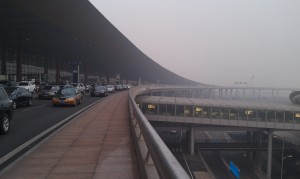
I am not sure of the music that this airport invokes (see previous post), but Beijing's new airport certain has a quality of ambition (power), vastness, impersonal beauty, and remoteness. The sheer size and and its well designed elements provokes respect - Foster and Partners is very good at this
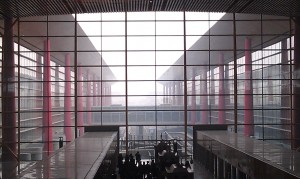 - yet the homogeneity of experience especially in the delirium of jet lag have one feeling a bit overwhelmed as the curve disappears into the haze. Airports have this strange anywhereness ... this one has a bit of THIS IS CHINA - and the sense of epic arrival of the old trains stations - yet
- yet the homogeneity of experience especially in the delirium of jet lag have one feeling a bit overwhelmed as the curve disappears into the haze. Airports have this strange anywhereness ... this one has a bit of THIS IS CHINA - and the sense of epic arrival of the old trains stations - yet
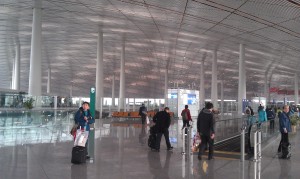
perhaps more of continuity with the global modernism experience. And it was a long journey to go from arrival to transfer to Nanjing but at least I got the full experience. And it was interesting to see the shell building over the parking garage that looked
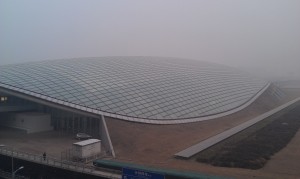
very similar to the auditorium at Masdar! But it does have a green roof faintly discernible through the haze. Is that progress or paradox?
Frozen Music
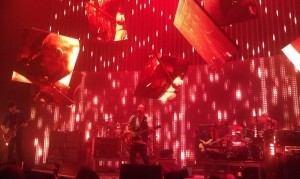 "Architecture is frozen music". So said Goethe. But the question that must follow is what kind of music. 29th Street Mall or your local indoor stroller may be Barry Manilow. Then seeing Radiohead the other night ... that is truly sublime. After such a transcendant event - seeing music that exhibits creativity, authenticity, a unique expression of an individual's journey in this world ... a journey of intensity, grace, and reflection .... what is the frozen counterpart of this profound expression. I can only hope to achieve such work. It provides a mark to shoot for - an analog in another art form - to try and create places, spaces, buildings that have the same sense of meaning and touch people in such a deep way.
"Architecture is frozen music". So said Goethe. But the question that must follow is what kind of music. 29th Street Mall or your local indoor stroller may be Barry Manilow. Then seeing Radiohead the other night ... that is truly sublime. After such a transcendant event - seeing music that exhibits creativity, authenticity, a unique expression of an individual's journey in this world ... a journey of intensity, grace, and reflection .... what is the frozen counterpart of this profound expression. I can only hope to achieve such work. It provides a mark to shoot for - an analog in another art form - to try and create places, spaces, buildings that have the same sense of meaning and touch people in such a deep way.
It is worth reflecting on during the design process - what is the music, the spirit, the essence of this place that we are creating. Or as a critic, what is this place saying ... Aretha Franklin, Brahms, The Beatles ('Yesterday' for your favorite nostalgic building), Jimi Hendrix or maybe, if one is lucky Radiohead.
What I love about the movie "Pleasantville" is the the discovery of color, Jimi Hendrix, and Jackson Pollack that comes out of the black and white world of the small town dream. My problem with New Urbanism is it seems similarly stuck in that black and white nostalgia, without integrating new ideas of music, art, life, experience. What makes Radiohead so moving (to me) is the embracing of authentic experience at the core of the work - that experience that so moves the listener.
http://www.youtube.com/watch?v=HDS4wOd_o1I
And with this attempt at linking an amazing concert to this blog it is off to China. To see what strange and interesting experiences await.
How to Work
With different programs, platforms, processes and products and a rapidly evolving field of client expectations and fees, designer's workflow and interface with the mighty computer remains an interesting and vexing problem. Here is how one innovative design firm works.
http://sketchupdate.blogspot.com/2012/02/conversation-with-allied-works.html
Especially interesting since it is from our corner of the globe - the Clyfford Still Museum in Denver designed by Allied Works.
The Calculator
Here is a first pass by the students in my class that have put a clearer process on the methodology for a Neighborhood Carbon Calculator that I developed for the class. They are also developing a fill-in-the blank Spreadsheet that will be tested on 5 different neighborhoods in Denver as well as one in Manhattan. This is a presentation put together by Meg Scheff-Attenberry, Michelle Draschil, Kendra Matrician and Kevin Xu of CU Denver, College of Architecture and Planning. Comments appreciated! Baseline_midterm
Carbon in the Neighborhood! The Manhattan Challenge!
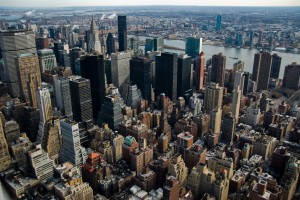 I am teaching a seminar this semester at the University of Colorado, Denver, College of Architecture and Planning on Sustainable Urbanism. What is that you might ask ... as do I! But we are trying to find out and questioning the terms and approaches in the process. For one thing, the class is exploring the issue of scale and sustainability: at what scale can different
I am teaching a seminar this semester at the University of Colorado, Denver, College of Architecture and Planning on Sustainable Urbanism. What is that you might ask ... as do I! But we are trying to find out and questioning the terms and approaches in the process. For one thing, the class is exploring the issue of scale and sustainability: at what scale can different 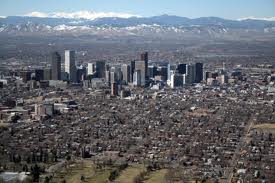 aspects of the city be optimized to achieve the best results. While I am teaching all the elements that contribute to sustainable places, we are also exploring what are the best metrics to more rigorously assess a neighborhood's performance.
To that end, we are using carbon footprint as
aspects of the city be optimized to achieve the best results. While I am teaching all the elements that contribute to sustainable places, we are also exploring what are the best metrics to more rigorously assess a neighborhood's performance.
To that end, we are using carbon footprint as
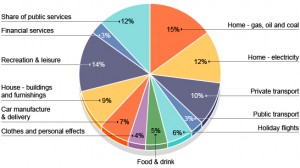 one way to look at a neighborhood. What has been interesting is that there is a)no standard way to do this, b)it only tells part of the story, and c)there are so many unique qualities to a neighborhood that this metric can be mis-leading. But the neighborhood size is interesting since it is the lens through which we best understand our individual experience of the city and is of a scale that we can have an impact that is significant. So we forge ahead ... and try to invent a methodology. One group is developing an actual calculator - add data into a spreadheet and BLAM! a number comes out.
one way to look at a neighborhood. What has been interesting is that there is a)no standard way to do this, b)it only tells part of the story, and c)there are so many unique qualities to a neighborhood that this metric can be mis-leading. But the neighborhood size is interesting since it is the lens through which we best understand our individual experience of the city and is of a scale that we can have an impact that is significant. So we forge ahead ... and try to invent a methodology. One group is developing an actual calculator - add data into a spreadheet and BLAM! a number comes out.
Each group is taking a specific neighborhood and looking at what sustainability means for it: from LODO to Elyria-Swansea, a new and old TOD and the Gates Redevelopment. They are then applying the calculator to understand what the Baseline Carbon Footprint is and then how it can be changed (Lowered) to meet that of Manhattan, NYC, the lowest in the country. How can Denver beat Manhattan!!
Stay tuned. Much more to come on this!!
Chinese Architect Wang Shu Wins Pritzker
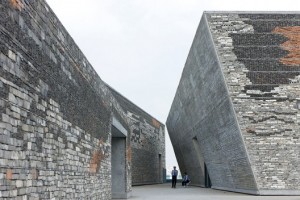
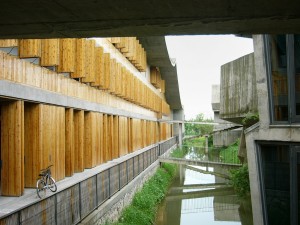 A very interesting Chinese architect won this year's Pritzker (the Architecture Nobel Prize). His name is Wang Shu and he is dedicated to tradition, craft, and innovation.
He has deeply studied the nature of chinese craft as well as the structure of the traditional Chinese city. These inquires have provided a springboard to address the rapid changes occurring now in China. And searching for new ways to bring meaning and authenticity to the making of places. What is so compelling about his work is that he is able to use a contemporary design language that acknowledges the past yet is clearly forward looking.
A very interesting Chinese architect won this year's Pritzker (the Architecture Nobel Prize). His name is Wang Shu and he is dedicated to tradition, craft, and innovation.
He has deeply studied the nature of chinese craft as well as the structure of the traditional Chinese city. These inquires have provided a springboard to address the rapid changes occurring now in China. And searching for new ways to bring meaning and authenticity to the making of places. What is so compelling about his work is that he is able to use a contemporary design language that acknowledges the past yet is clearly forward looking.
I hopefully will see his work in China in the coming weeks or months! He practices in Hangzhou and went to architecture school at Southeast University in Nanjing where I will be teaching! There are many articles on him but this is one good one:
http://featuresblogs.chicagotribune.com/theskyline/2012/02/a-pritzker-prize-for-chinese-architect-wang-shu-marks-a-shift-toward-relevancy-.html
This has been making me reflect on the idea of CRAFT in Urban Design. How can a similar reflection on both tradition and innovation inform the making of PLACE at a range of scales. Craft means more than basket weaving in urban spaces. It can mean the tectonics of the city and the very structure of a place. Ultimately these are the essential elements that affect how we experience a place. Bottom up and Top down. Much more to follow on this idea in the future!!
Communicating about Architecture!
Interesting Article! http://opinionator.blogs.nytimes.com/2012/03/02/why-dont-we-read-about-architecture/
The Books are Coming!
A printed book of REA work has been ordered and will soon be available. The online version is up and running at:
http://www.blurb.com/bookstore/invited/2465783/7c82a54ebde3a36be592dc8bb47ce36e812529dc
Enjoy!!
To Rail or Not to Rail
This past week there has been much debate about the lack of funding for the Rail option to Boulder County promised in the Fastracks project. Prices have more that doubled!! See this article about the recent meeting: http://www.denverpost.com/news/ci_20024328. As a long time advocate of rail, TOD, transit, I am in some ways disappointed but truth be told I have always had some ambivalence about the rail option to Boulder. As an 8-year commuter to Denver on the BX express bus it is hard to make the case for a billion dollar investment to basically meet that level of service. The media says that the travel time may decrease from 45 to 41 minutes after rail!! Typically bus does not get the level of associated development that you get from rail: fixed tracks spur development whether for high speed, commuter, light rail or street car. Portland is held up as the TOD holy grail in this regards especially after the redevelopment spurred in the Pearl District thanks to the introduction of a streetcar.
This is however a beautiful case of one size does not fit all. As a commuter option, the Bus Rapid Transit (BRT) is incredibly efficient and "right-sized" for the situation. The amount of infrastructure investment including bridges, HOV, lanes etc makes it a fast and easy way to get along the US 36 corridor. A fledgeling TOD has even evolved at the Broomfield Events Center although it suffers form the TOD's on the Southeast Corridor Light Rail: only half a TOD can be built thanks to the adjacent highway. I may take the Bus to Radiohead in a few weeks!!
Which leads to places ... the nice thing about rail is that when it is situated in the heart of a community it can be a catalyst for dynamic places. There was some real opportunity in Louisville and Boulder to make that happen. For this to be most effective though, it should really be a NODE. The Transit Center is really at an edge so one wonders how much it can really be a catalyst for East Boulder. Even with the adjacent parcels developing, the rail line itself forms a barrier to a robust sense of community there. Without the rail, should the Transit Center really be in that location from an urban design perspective?? Table Mesa PNR should really be a TOD but suffers from the same problem.
The challenge then is to leverage BRT investments to link Boulder County and use it make real places. Perhaps they are place holders for next gen streetcars on major transit corridors that link dynamic centers, and start to really tie the region together. One can only hope!
Sustainable Urbanism Seminar - Paris wins!
I am teaching a seminar at University of Colorado at Denver on Sustainable Urbanism to graduate students in Urban Design, Architecture, Planning. One of the big questions is ... what does sustainable urbanism even mean. What is sustainability? Why urbanism? One of the explorations I am interested in is the idea of SCALE: what approaches are optimized at what scale? Often, issues are conflated where a clear examination of optimization for a particular aspect of sustainability is not considered. This includes what is the best scale to explore a whole number of issues.
A team presented last class comparing a number of dense cities and examining the pros and cons. these included NYC, Paris, Hong Kong, and Denver. While a theme of the seminar is that Density is "good", it was shown that there is not a linear relationship between Carbon Footprint per capita and density. While Hong Kong and Manhattan have higher densities, Paris (still quite dense) has the lower Carbon Footprint per capita. While that may be attributable to the amount of nuclear power in the French grid it it s also true that of the four cities it is not hard to argue that Paris is the most livable and humane. Good news for those who think that density, livability, and sustainability are not mutually exclusive!
More to come on the seminar in future posts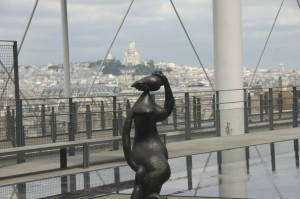
And so it begins ...
This blog is an opportunity to provide a critical voice about issues of urbanism and architecture locally (in Colorado), nationally, and globally. It is meant to include a broad range of issues around our built environment - highlighting issues of sustainability, place, culture, design, and related topics. While an aspect will be highlighting the work and process of Richard Epstein Architecture, it has a broader scope to provide an ongoing commentary about the issues of our day as they relate to human settlements. It is a place for information and exchange, with guest bloggers, links, observations, and analysis.
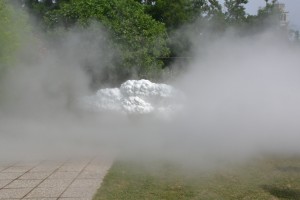 And so it begins ...
And so it begins ...
